Category: Lettering & Design: Essays
Mar 8, 2015 | Lettering & Design: Essays, Recent Posts
From Painter to Calligrapher
(This post was inspired by a discussion on Typophile a wonderful site for typography fans that is currently in remission.. The wide-ranging and brilliant exchange of views between typographers and calligraphic artists such as Michael Clark, Nick Shinn, Ieuan Rees and John Hudson got me thinking about the philosophical underpinnings of the letter arts and how my own work evolved from traditional calligraphy to a hybrid form of lettering design.)
When I was in art school my mentor, Charles Stokes, used to hover and harangue with zen aphorisms, one of which translated as this: “If you are painting with your chin on your hand and your elbow on the table you might as well be asleep. Wake up!” Charles came from the mark-making school of art, strongly influenced by Mark Toby and Morris Graves. He balanced withering criticism that struck with the sharpness of a keisaku with wide-open joy and mystic understanding. He inspired his students with a certainty that art was far more than making pictures: you were embarking on a Way, a Path, a Calling, and everything you did in art and life should reflect this.
No one at art school could understand when I began to practice traditional calligraphy. It seemed quaint and embarrassing, and completely counter to the artistic climate of the time which was dominated by abstract expressionism. Art should be asymmetric, wild, original. Hadn’t the alphabet already been done? Yet the cloisters, the promise of slant morning light across ancient stone, of feathers cured in hot sand and ink smelling of gall called to me. In calligraphy I found a sense of apprenticeship that anchored me in history. Unlike the blank unstructured canvas, the calligrapher’s practice sheet had rules beneath it. It would shortly fill with ordered rows of letters marching to their logical destinations: the word, the sentence, the paragraph, the page. Mindful of Charles’ exhortations, I could see that to do calligraphy I had to have both hands engaged, one carefully resting on the paper, one holding the pen, and my mind in a state of active anticipation.
As I stumbled through the raw and humbling mechanics of learning to load a nib and get ink to flow and shape a letter I saw that every stroke was the record of a state of mind. Fear, confidence, wondering, distraction, focus, all indelibly stained the page. Sometimes the distance from the top of a stroke to bottom seemed like skating down a sheet of ice with unforgiving snowdrifts on all sides, and sometimes it was like carving the arches of the cloisters. The pen’s edge became a chisel which, if held at the proper angle, made a perfect counter space for n, and m and u. I was making letters, but I was engaging space.
As I became more adept I began to see more nuance. My goal was the perfect letter living on the page. But the stroke begins outside the margins, off the page, in motion and in stillness counterbalanced — and then it lands. It begins with a rational and practiced blueprint for construction, but it is affected by emotional weather, by music, by interruptions. And it is guided also by visualization, not of the letter as inert thing, but as a sequence of moves. When I am “on” I can feel the invitation of the paper, the sensual particularity of its surface, rough or smooth, and see the ink glistening even before I have picked up my pen. It is a state of “what if” easily interrupted by the dread “what then?” But at its best every mistake becomes a point of improvisation, very much like playing music.
The Limits of Calligraphy
Solutions that arrive kinesthetically and directly out of the inherent engineering of the tool have a natural balance of positive and negative shapes created without fear of aesthetic incorrectness. They land on the page with a sureness of gravity, an understanding of their own boundaries, and an affection for the community of letters coming before and after. But there is a hazard. In some sense they always look the same. They show the mark of the tool, and thus one can tell exactly how they are made.
In studying the work of master calligraphers it is always the mark that I cannot diagnose that catches my eye. For instance: Herman Zapf. I nearly killed myself trying to do curving ascenders like his thinking they were made in one stroke, until I discovered by watching a film of him in action that each seemingly single stroke was made up of a series of hesitations, overlaps and deft “pulls.” And it is dauntingly difficult. It is magic. There is a complexity in this kind of work that holds my attention for a long time. I think it is because it marries two minds: the visual result looks like it originates in gesture, but the method is complex engineering. The stroke is made slowly, self-consciously, yet appears completely “natural.”
Much of contemporary calligraphy references this way of working. The calligrapher delicately balances between artless and artful, and the exact cause and effect of the tool is hidden, embedded as a source of mystery. Partly this is the result of new tools such as the ruling pen that have allowed the calligrapher to make marks that have all the thick and thin beauty of traditional calligraphy without the drastic angles of the edged pen. Partly it is due to the demands of the advertising and design world, where “calligraphy” in the traditional sense comes with a set of associations (pretty, precious, old, feminine, formal, etc.) that limit its reach.
When Does Calligraphy Become Lettering?
I can do lettering with my hand on my chin. I am not bragging about this. It is probably a moral failing, and I am sure the great typographers of the world would scowl at me and chide me fiercely in German if they heard me say this. But the tools do not demand wakefulness the same way ink and a pen do. There is always a razor blade nearby, white paint or a bezier curve with which to “fix” the moment and make it conform to intention. This said, I can fall into a very happy state of craft and contemplation with tracing paper and a pencil. To paraphrase Ieuan Rees, lettering satisfies the perfectionist, the designer and the problem solver in me. And simply because the method may be slow and rational and less obviously intuitive, it does not mean that the end effect cannot be powerfully effective and equally emotional.
As a contemporary lettering artist I go back and forth between the two modes, and each informs the other. Being able to perfect a form through drawing and retouching can set the bar for what it could look like higher than if I am guided purely by the limits of my own hand. Starting with a gestural stroke can give me ideas I could never guess at with my pencil and French curve. In going back and forth between the two modes I sometimes notice a “laziness factor.” I’m resistant to switching modes even when I know it would be the best way to take the work where it needs to go. And I think this moment of resistance is where I see the true difference in the ways of working: they call on different synapses and mind-body coordinates.
In the end, both ways of working have their place. It is a matter of tuning the method to the project and being prepared to shift gears and soundtracks as needed, from techno groove to Gregorian chants and back. (Although I find personally that Pat Metheni’s last-century “Are You Going With Me?” from Off Ramp still seems to focus me wherever I need to be. The album (remember when there were “albums”—quaint! It means “an intentionally designed sequence of songs”) starts off chaotic and Ornette Colemanesque, but it settles into one of those late night smokey spaces that can keep you hypnotized and completely in the zone. Typography is definitely a zone.)
I will write more about lettering and music, in the meantime, send me your favorite ink music.
Jun 11, 2013 | Current Affairs, Lettering & Design: Essays
With all the brouhaha about the State monitoring our phone calls and emails to find out who we love, whether they love us back, what we ate for breakfast, what time of day we watch for the green eyed Vireo, the immigration status of the gardener (part Swedish, no papers, BTW,) I humbly suggest going postal. Letters, remember those? The stamps are in the drawer over there, with the beautiful pen that fits in your hand just so.
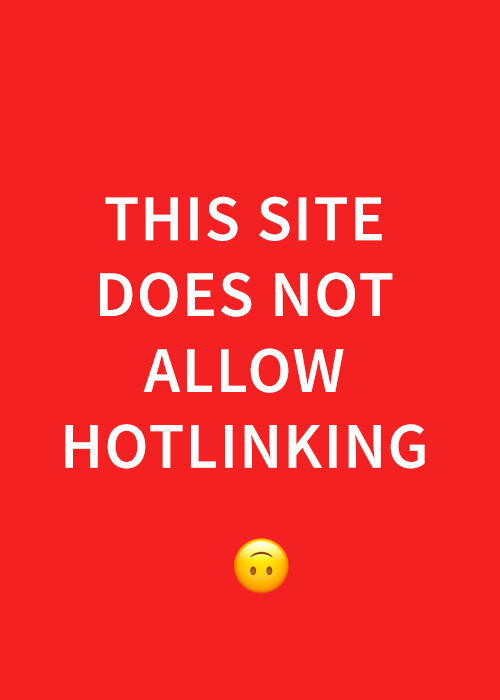
“Love & Letters” © Iskra Design
I have boxes and boxes of letters from calligraphers, none of which I can post here without cropping because they will give away my address and “privacy.” But trust me, everyone of them is a work of extreme art. And in kind, just to keep up and honor those who wrote to me, I spent years writing back with as much grace as possible, with sometimes only a sentence or two in the actual letter, but the envelope taking perhaps a day to perfect and design so that it looked….undesigned and unpracticed (now you know.)
In recent years I regret to say I too have fallen prey to the ease and expediency of email. Yet I still have a few correspondents who keep my love of the letter alive. A true master of the art of the envelope, a man who favors the old fashioned typewriter and scotch tape, is Richey Kehl. These wonderful missives have been living on my kitchen wall above the coffee grinder for quite awhile, and they help me start my day with a sense of gratitude and wonder:
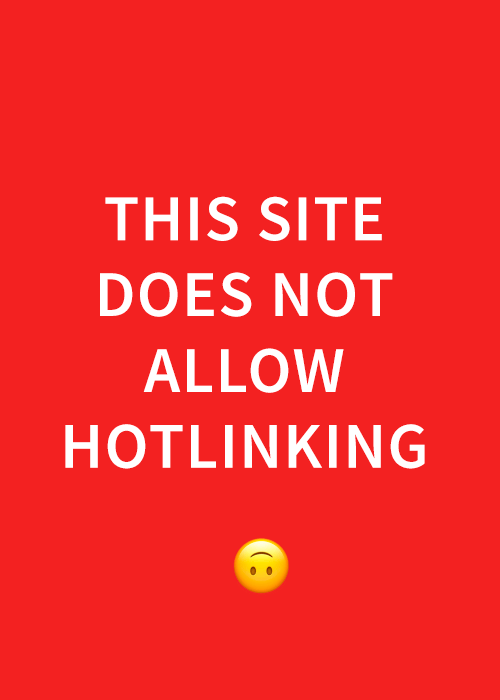
Envelopes by Richey Kehl
My only recent handwritten letter was done as “Jon Stewart,” in his recent publication America (The Book): A Citizen’s Guide to Democracy Inaction. It was great fun to channel history through one of our leading humorists (those with political correctness sensitivity syndrome, may not want to read further…):
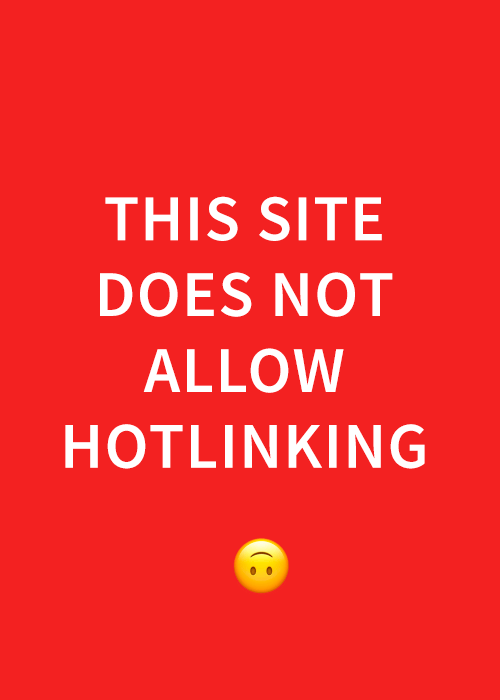
Jon Stewart’s ‘How I spent my summer vacation’ letter
I came back from a trip to New York a few weeks ago inspired by meetings with people I’ve been working with in publishing. In gratitude to the fact that books live, that paper exists, that there is an entire city where people talk too much and wave their hands while doing it, I thought I would get back to the traditional art of the thank you:
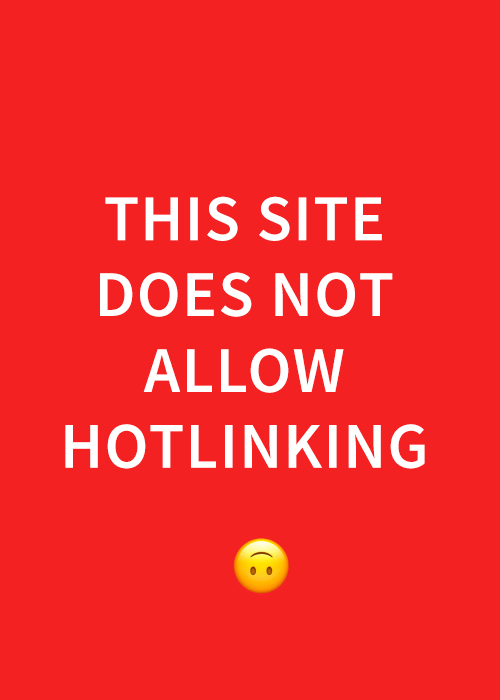
“Grazie” Classic Pen Calligraphy © Iskra Design
This is edged pen lettering laid over the textures of New York, captured from one of the 1,700 pictures I took of old buildings in Dumbo, Chelsea and the West Village. The card was printed on thick paper, and I doubt that it has been held up to a bright light to read the secret messages on the other side.
Just think what would happen if we all started writing a letter a day, or three, or even just a post card a day, and bought a stamp (!!). The thousands of at-risk jobs at the Postal Service would remain. The art of stamps would continue. People would have to continue learning to read handwriting. And as we all know, “Neither snow nor rain nor heat nor gloom of night stays these couriers from the swift completion of their appointed rounds.” Unlike the internet servers, or the power grid. And think opaque envelopes. Think such wild hand writing that if they decided that all letters should be read as well as our little emails that they would have to hire 500,000 recent college graduates to decipher the handwriting! Carry on scribes, brides, kings and queens of etiquette, get thee to thy pens and paper and keep the Fourth Amendment strong.
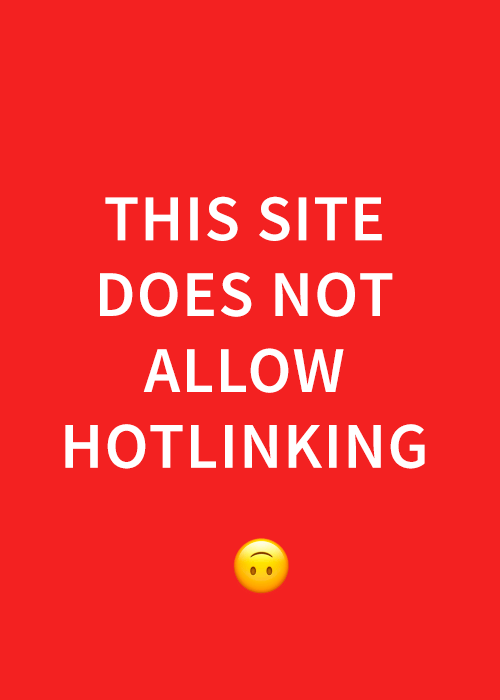
Postcard from the Village © Iskra Design
Feb 6, 2011 | Current Affairs, Experimental Lettering, Lettering & Design: Essays, Recent Posts |
I had never heard of Taylor Mali or Ronnie Bruce, until their creative marriage of text and spoken word came my way in the form of this tremendous piece on Vimeo. Ronnie Bruce claims he knew nothing about typography when he created the animated type for Mali's poem "Totally like whatever, you know?" for a class two years ago. If this is the case then it is a rare example of ignorance leading to elegance. Ronnie, please, do more! Taylor Mali I discovered, is famous to everyone but me, and I am just catching up.
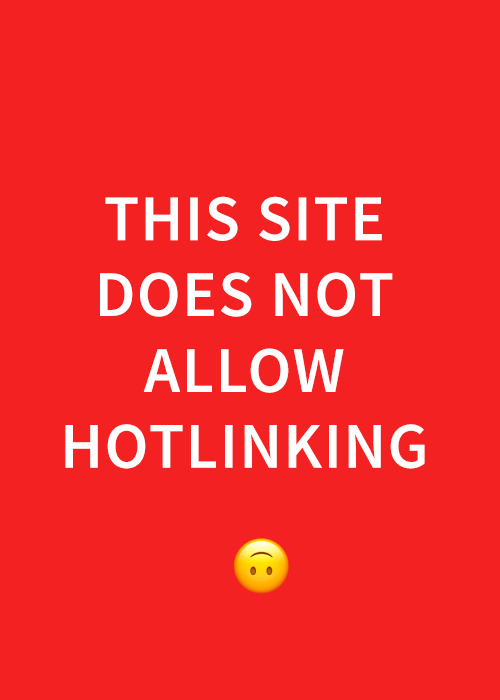
Click here to see the video
The poem itself is a critique of the "valley-speak" language epidemic among those between 2 years old and now reaching into the 40's. It is easy to make fun of the shallow upward arcing phrasing of the "please like me no matter what I say" generation. But it becomes a serious cultural problem when the generation expands upward and people show no sign of growing out of it. In contrast, I think of the street protestors in Egypt demanding removal of their president. I hear no equivocation, no need to be liked. How differently it would play if the crowds spoke in the tone of the entitled American forever-20-something: "Hey Hosni, could you like sort of step aside? Hey like so we could have maybe more equal distribution of resources, water, food, jobs, not that we really care that much?" (Of course that brings up the other question, can language supress revolution? What if they gave a revolution but the populace, so accustomed to a different kind of language, had no idea how to add an exclamation point to their demands?)
And yet, as one critic on Vimeo noted, recognizing the fallibility of one's own opinions is an important and often missing piece of contemporary dialogue. Extremists on all sides shout loudly and with no admission of gray zones, introspection or ambiguity. The tone set by ideology never allows for actual exchange of world views or what we think of as conversation. We seem to have lost the middle zone of thoughtful and considered opinion, delivered in the kind of tone of voice that takes responsibility and asks for the same in return. This voice doesn't ask for praise or try through the sleight of hand of syntax to avoid conflict, it asks for connection.
Taylor's poem takes on this issue beautifully. Although it is sly and bitingly funny, it works as far more than entertainment: it is a call to linguistic arms. Interestingly, when I read the poem in its simple "print" version it did not hold up as a work of art. It is Taylor's timing and twists of tone, amplified by the intuitive typography, which bring it alive. The message is dramatized by the tension between the authoritative believability embedded in "set type" and the helplessly noncomittal voiceover. The text moves from simple declarative sans serif, which continually undermines itself by turning upside down, sliding sideways or flirtatiously winking, to a more stately serif font as it makes its final point:
"I entreat, I implore you, I exhort you, I challenge you: To speak with conviction."
Jan 22, 2011 | Current Affairs, Lettering & Design: Essays
A few years ago an architect friend was contemplating what he might do with the rest of his life if he had ultimate freedom. Retire? Take up watercolor? Get his collected client sketches published in a leather-bound coffee-table book? Or no, he said, he thought he would go to China and build office parks. I recoiled in horror. In my mind’s eye the silk scroll of China had become one vast dystopian field of concrete boxes with bulldozers at the gate of each remaining village and in place of calligraphic clouds a swaddling fog of pollution. And he wanted to play there?
Last Sunday in the New York Times I read about a version of China that makes me consider my friend’s aspiration in a new light. The affluent class has developed an appetite for beautiful and adventurous architecture— and they are hiring American architects. They are also giving them almost complete design freedom, and this is what most interested me as an artist and designer. How exactly do you function creatively on such a huge platform — with no guidelines? Seattle architect Stuart Silk’s experience was quite revealing.
“A lot of emotions went through my head,” Mr. Silk says. “Disbelief was one of them. Then the anxiety that comes along with the responsibility to do something without direction. But ultimately it was very freeing and intellectually exciting.”
“Each of Mr. Silk’s nine designs [for villas in the range of $7.5 to $15 million] was required to be distinct, but no stylistic guidelines materialized. For the first time in his career, he wasn’t an architect interpreting a client’s tastes and personality, but an artist facing a blank canvas. “It opened up a part of my brain that hadn’t been exercised in a while,” he said.
“Mr. Silk visited the Suzhou gardens, west of Shanghai, where he encountered signs interpreting the landscapes; they were written in poetic language. That prompted the idea of writing story lines from which each villa design could bud. His narrative for one home, called Bending Paths, begins in a meditative vein:
“Like rings from a stone dropped into a pond,” he wrote, “curving walls create a journey and define space.”
Although the design process depicted here concerns architecture it applies to the universal question of any artist or creator confronting a blank page. How do you go from emptiness and the unsettling feeling that all decisions are arbitrary to decisions that feel fated, necessary, and right? If narrative is the solution, where do stories come from? How do you find an authentic launching point?
In non client-driven work I sometimes have no idea what the story is and unbridled anxiety or some other powerful emotion itself becomes the driving force and the ‘plot.’ Once my Japanese calligraphy teacher gave me a set of characters to work with and refused to tell me what they meant. When I brought the work in she exclaimed that it was the best calligraphy I had ever done — and indeed I agreed with her. I had felt completely inspired by the characters and assumed I was writing something with great spiritual meaning. Then she told me what it meant: “Autumn Sports Festival.” You mean, I asked her incredulously, football season??? Surely this can’t be. At which point she described in lyrical detail Autumn in Japan: the radiant skies, the leaves, the children’s games played in the temples, a palpable and magical sense of spiritual and physical exhilaration —all of which I experienced a few months later in September on my first trip to Japan. Indeed I had followed a story in my work, even if I was guided by an unconscious understanding of its essence rather than its plot.
I appreciate the candor of Stuart Silk in speaking about his process and for showing the importance of narrative in finding a direction and path. If it’s effective in designing a fifteen million dollar villa then surely it will transform my next wordmark project.






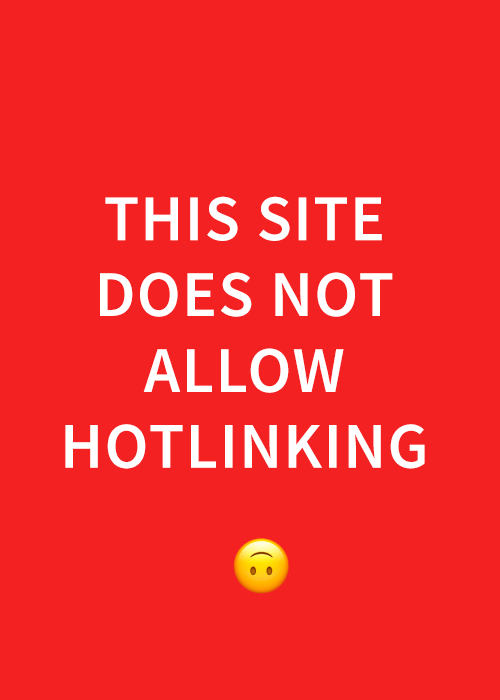 Designer, calligrapher, lettering artist.
Designer, calligrapher, lettering artist. 